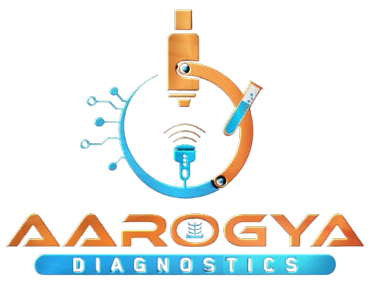Arthritis is a common challenge affecting many people. Understanding how it’s diagnosed is crucial. Arthritis testing is essential because it helps identify the type and severity of arthritis you’re dealing with. Without proper testing, you might not get the right treatment, leading to more joint damage and discomfort.
Testing is important not just for confirming whether or not you have arthritis. It also assists doctors in making informed decisions about management plans. With early detection through arthritis testing, there’s a better chance to slow its progress, relieve symptoms, and maintain joint function.
Recognizing the Signs: When to Seek Arthritis Testing
Are you experiencing joint pain, stiffness, or swelling? These could be signs of arthritis. Typically, these symptoms are more noticeable after periods of inactivity or rest. If joint pain keeps coming back or worsens over time, it might be time to consider tests for arthritis.
Fatigue and fever are other symptoms that could pair with joint issues to indicate arthritis. Swelling and redness around the joints are common too, often combined with a reduction in range of motion. While everyone might experience these symptoms now and again, persistent issues are worth exploring further with arthritis testing. Early diagnosis plays a vital role in managing arthritis effectively. The sooner you know what you’re dealing with, the better equipped you are to handle it.
A timely diagnosis aids in avoiding severe complications like joint deformities or disability. When arthritis is diagnosed early, treatment can start sooner, which often results in less severe symptoms and a better quality of life. So, if you’re wondering when to seek a test, remember it’s better to address symptoms early rather than wait until they worsen.
Navigating Tests for Arthritis: What to Expect
When you decide to get tested, there are several tests for arthritis your doctor might recommend. Here’s a simple breakdown: – Physical Examination: A doctor will examine your joints for swelling, redness, and heat. They’ll check how well you move your joints too. – Blood Tests: These tests look for markers of inflammation or autoimmunity, like Rheumatoid Factor (RF) or anti-CCP antibodies, providing clues on whether you have certain types of arthritis.
Each arthritis testing type offers valuable insights into the condition. Physical exams are quick and can reveal obvious joint problems. Blood tests scream out about inflammation that isn’t always visible. Imaging tests, on the other hand, show a clear picture of what’s happening inside the joints, revealing the scope and specifics of any damage or inflammation.
Demystifying the Testing Process
Preparing for arthritis testing is simpler than you might think. Most patients can undergo initial testing without any special preparation. Here’s what usually happens: 1. Consultation: A conversation with your doctor to discuss symptoms and health history. 2. Physical exam: This involves a basic check of your joints for swelling or pain. 3. Blood and Review and Follow-up: Your doctor reviews the results and discusses the findings with you.
Patients generally don’t need to fast or change habits before these tests for arthritis. After testing, follow-up visits help tailor a treatment plan suited to your needs. Your active involvement in discussing symptoms and results is invaluable in this process.
Types of Arthritis Tests and Their Functions
There’s quite a bit that goes into arthritis testing, and understanding the specific tests can ease anxiety. Here are some common tests and what they reveal:
- Blood Tests (ESR and CRP): These tests measure inflammation markers in the body, which are often elevated in arthritis.
Tests like ESR (Erythrocyte Sedimentation Rate) and CRP (C-reactive protein) spotlight inflammation levels, suggesting active arthritis.
Specific types of arthritis lead to distinct patterns in these tests, helping doctors provide a more accurate diagnosis and tailor treatment effectively.
The Importance of Understanding Your Diagnosis
Knowing about your diagnosis empowers you. A clear diagnosis helps you understand your treatment options. By grasping the specifics, you’re better prepared to manage symptoms and lead a healthy life.
Having an accurate diagnosis opens doors to treatments that can prevent severe joint damage or disability, significantly impacting your well-being positively. With this knowledge, you become an active participant in your health journey, working with doctors to slow the progression of arthritis and maintain an active lifestyle.




